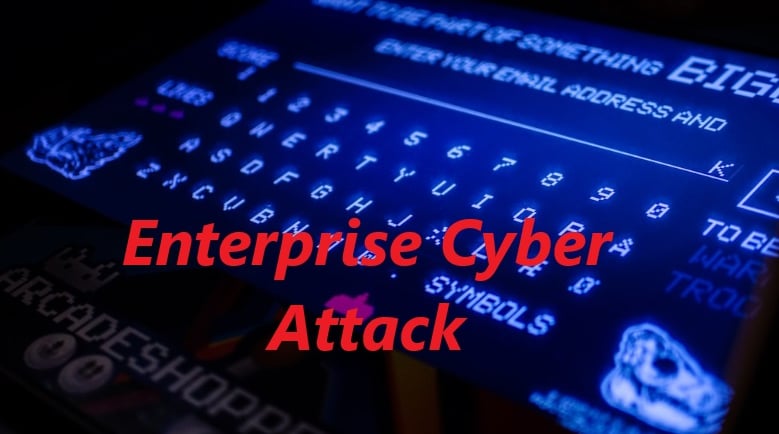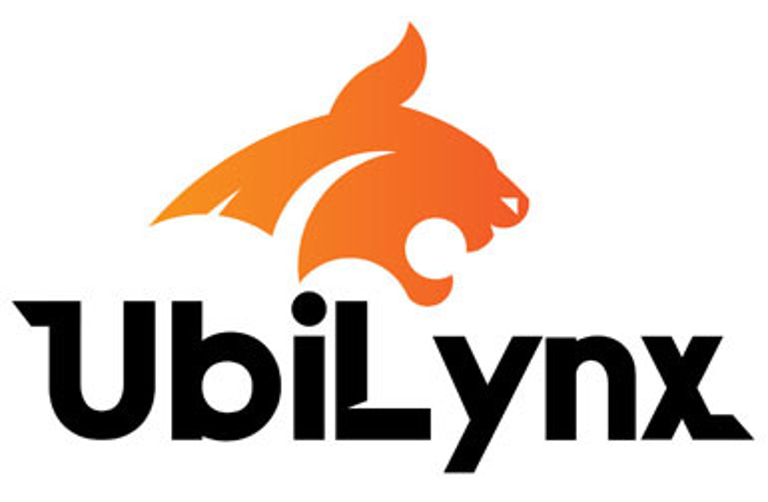What is an Enterprise Cyber Attack
How to defend your Enterprise Business from a Cyber attack
4/10/20254 min read


1. What is an enterprise Cyberattack?
A cyberattack is a deliberate attempt by malicious actors—such as hackers, criminal organizations, or even nation-state groups—to infiltrate, damage, disrupt, or gain unauthorized access to an organization’s computer systems, networks, or data.
For enterprise-level businesses, which manage vast IT infrastructures and store sensitive customer, employee, and financial information, the stakes are high. Their scale and complexity make them prime targets for sophisticated and persistent cyber threats.
• Common Types of Cyberattacks Targeting Enterprises:
Advanced Persistent Threats (APTs)
These are long-term, targeted attacks where an intruder gains access and remains undetected within the network.
APTs typically involve multiple stages, such as initial infiltration, privilege escalation, data harvesting, and exfiltration.
Often carried out by highly skilled attackers using custom malware and advanced techniques.
Target: Intellectual property, trade secrets, or sensitive internal communications.
Ransomware Attacks
Attackers infect systems with malicious software that encrypts files or entire servers, rendering them unusable.
The attackers then demand a ransom (usually in cryptocurrency) to restore access.
Even with backups, recovery can be time-consuming and costly, and ransom payments don't guarantee data recovery.
Common attack vectors include phishing emails, remote desktop protocol (RDP) exploits, and unsecured endpoints.
Distributed Denial of Service (DDoS) Attacks
These attacks involve flooding a company’s servers or network infrastructure with massive amounts of traffic, causing system slowdowns or complete outages.
They disrupt websites, applications, or entire online operations.
Often used as a distraction while other attacks are launched in the background.
Can be carried out using large botnets or hijacked devices.
Insider Threats
Not all threats come from the outside. Some originate from trusted individuals within the organization—employees, contractors, or partners.
These actors may accidentally or intentionally misuse access to steal, leak, or destroy sensitive data.
Insider threats are especially dangerous because they often bypass traditional perimeter defenses.
May involve actions such as copying customer data, selling trade secrets, or sabotaging internal systems.
2. What is Cybersecurity?
Cybersecurity refers to the practices, technologies, and processes that protect an organization’s networks, devices, systems, and data from cyber threats and unauthorized access.
For enterprises, cybersecurity isn't just a technical concern—it's a critical part of business risk management. A successful cyberattack can cause financial loss, damage reputation, interrupt operations, and even lead to legal or regulatory consequences.
Key Components of Enterprise Cybersecurity:
Network Security
Protects the internal network from unauthorized access using firewalls, intrusion prevention systems (IPS), segmentation, and VPNs.Endpoint Security
Protects user devices like laptops, mobile phones, and workstations with tools like antivirus software, endpoint detection and response (EDR), and mobile device management (MDM).Application Security
Ensures that internal and customer-facing apps are protected from threats like injection attacks, software vulnerabilities, and unauthorized API access.Identity and Access Management (IAM)
Controls who can access what resources. Includes multi-factor authentication (MFA), single sign-on (SSO), and role-based access control (RBAC).Data Security and Encryption
Safeguards sensitive data at rest and in transit using encryption, tokenization, and data loss prevention (DLP) solutions.Security Operations Center (SOC)
A centralized team or service that monitors, detects, and responds to cyber threats in real-time.Compliance & Governance
Aligns cybersecurity practices with industry regulations such as HIPAA, GDPR, NIST, or ISO 27001.
3. How Can an Enterprise Protect Itself from Cyberattacks?
· Implement a Layered Security Strategy (Defense in Depth)
Use multiple overlapping security controls at every level—network, device, data, and user access. This ensures that if one layer is breached, others can still protect the organization.
· Regularly Patch and Update Systems
Outdated systems are a major entry point for attackers. Enterprises should automate patch management to quickly fix known vulnerabilities in operating systems, apps, and firmware.
· Train Employees on Cyber Hygiene
Human error is often the weakest link. Ongoing training on phishing awareness, password security, and safe browsing habits can dramatically reduce risk.
· Enable MFA Across All Critical Systems
Multi-factor authentication prevents unauthorized access even if a password is compromised.
· Backup Data Frequently and Securely
Maintain secure, offline backups to recover from ransomware or data corruption. Ensure backups are tested and follow the 3-2-1 rule (3 copies, 2 media types, 1 offsite).
· Monitor and Respond in Real-Time
Use a Security Information and Event Management (SIEM) system to centralize alerts and enable fast response. Partnering with a Managed Security Services Provider (MSSP) is common for enterprises without an internal SOC.
· Limit Privileges and Control Access
Only give users the access they need—no more, no less. Implementing the principle of least privilege reduces damage from compromised accounts.
· Use Network Segmentation
Divide the network into segments (e.g., guest Wi-Fi, internal servers, production, development) to limit how far an attacker can move laterally inside your environment.
Here is a simple checklist
Enterprise Cybersecurity Checklist
Area Recommended Best Practice Status
• User Access Implement Multi-Factor Authentication (MFA) ☐
• Employee Training Run quarterly phishing simulations and cybersecurity training ☐
• Data Protection Use encryption for data at rest and in transit ☐
• Backups Use 3-2-1 backup strategy and test recovery regularly ☐
• Threat Monitoring Deploy SIEM for log analysis and real-time alerting ☐
• Patch Management Automate system/software patching to close vulnerabilities ☐
• Endpoint Security Install EDR/AV solutions on all devices ☐
• Network Security Use firewalls, VPNs, segmentation, and DDoS protection ☐
• Access Control Enforce least privilege and role-based access ☐
• Compliance Ensure alignment with GDPR, HIPAA, ISO 27001, or more ☐
Enterprise Cybersecurity Framework
Here is a "layered defense" model:
Cloud Services
Email Security and Filtering
Firewalls and VPNs
Endpoint Protection (EDR)
Identity and Access Management
Data Encryption and Backups
SIEM / Threat Monitoring
Employee Awareness
Reach out to our sales team to discover how UbiLynx can work with your team to implement a Cyber solution for your business.
Contact us with any questions, comments or requests at: contact@ubilynx.com
or Text me at: 630-696-0289
.

